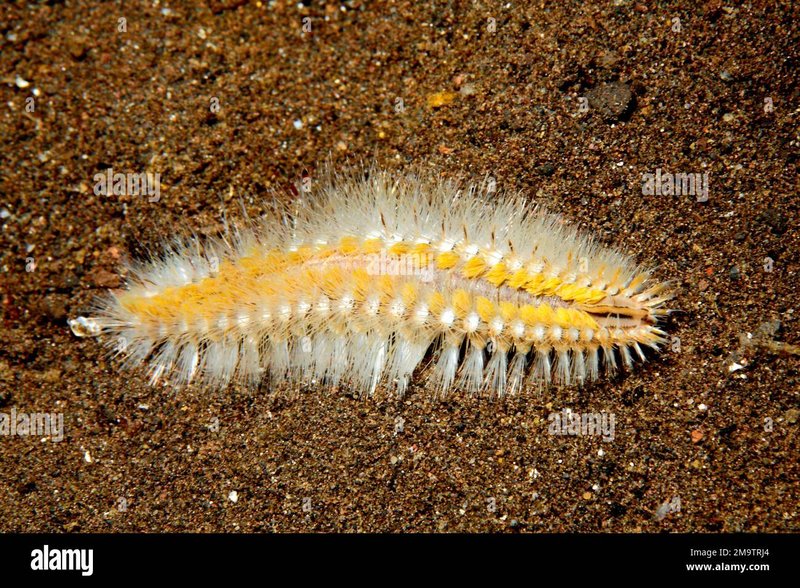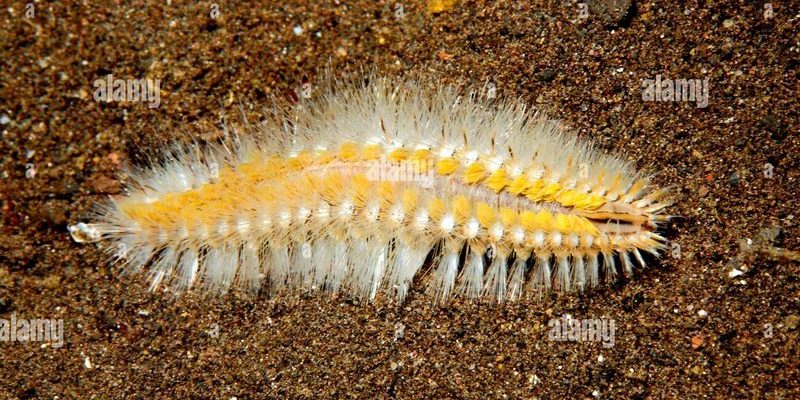
These fascinating creatures might not be the most glamorous of the animal kingdom, but they play a crucial role in their habitats. They help break down organic material and keep ecosystems healthy. Think of them as the unsung heroes of freshwater environments, working tirelessly behind the scenes. So, let’s dive deeper into the intriguing world of freshwater polychaete worms.
What Are Polychaete Worms?
To understand freshwater polychaete worms, we first need to explore what polychaetes are in general. Polychaetes are a class of annelid worms, characterized by having numerous bristle-like structures known as **chaetae**. These bristles help them move and navigate through their environments, much like having tiny oars.
Most polychaete worms live in the ocean, often in marine ecosystems where they play various roles, from scavengers to predators. But some species have adapted to freshwater environments, showcasing remarkable versatility. If you think about it, this adaptability is fascinating. It’s like having a cousin who lives in a completely different climate but still manages to fit right in!
Identifying Freshwater Polychaete Worms
Identifying freshwater polychaete worms can be a bit tricky, especially because they often look similar to bristle worms found in saltwater. These worms usually have long, segmented bodies and can vary in color, from muted browns to vibrant hues.
One notable feature is their **parapodia**—the paired appendages along their sides that look like little flaps. These help with swimming and crawling. When you spot a freshwater polychaete, observe how it moves. You might see it wriggle through sediment or gracefully glide through the water, displaying a fluidity that’s mesmerizing.
Another way to identify these worms is by looking at their chaetae. The bristles can be a good indicator of their species and habitat. For instance, some might have long, stiff bristles that enable them to anchor themselves in strong currents. Others may have softer, more delicate chaetae, allowing them to maneuver better in calm waters.
Habitat and Distribution
Freshwater polychaete worms can be found in various habitats, including lakes, ponds, and rivers. They tend to thrive in areas with plenty of organic material, such as leaf litter or decomposing plants. Like a good restaurant, they prefer a menu full of choices!
These worms are often found in sediments at the bottom of waterways, where they can burrow and safely hide from predators. You might even encounter them in muddy or sandy substrates, where they maintain a balance between seeking food and protecting themselves.
Interestingly, while they’re not as widespread as their marine relatives, they are found in various regions worldwide. You may find different species depending on your location, which adds another layer of complexity to their identification and study.
The Role of Freshwater Polychaete Worms in Ecosystems
Freshwater polychaete worms play a vital role in their ecosystems. They are important decomposers, breaking down organic matter and recycling nutrients back into the environment. Imagine them as the cleanup crew of the underwater world—taking care of waste and ensuring the ecosystem remains healthy.
By breaking down decaying plant material, they help keep water bodies clean and clear. This process is crucial for maintaining the quality of the water and supporting various aquatic life forms, from tiny microorganisms to larger fish.
Moreover, these worms serve as a food source for many animals, including fish, amphibians, and even birds. So, in a way, they contribute to the food chain, providing sustenance for other creatures and maintaining the balance of their ecosystems.
How to Care for Freshwater Polychaete Worms in Aquariums
If you’re thinking about keeping freshwater polychaete worms in your aquarium, you’ll want to create an environment that mimics their natural habitat. Start with a well-maintained substrate that allows them to burrow and hide. Sand or fine gravel is often a good choice.
Next, consider the water quality. Freshwater polychaetes prefer clean, well-oxygenated water. Use a filter to keep the water clear and check the pH to ensure it’s within the ideal range for these worms. Regular water changes will also help maintain a healthy environment.
Feeding them can be straightforward. They enjoy a diet of organic matter, so providing decomposing plant material or specifically formulated worm food can keep them happy and thriving. Just like anyone else, they appreciate a decent meal!
Common Misconceptions About Freshwater Polychaete Worms
Many people confuse freshwater polychaete worms with other types of worms, like earthworms or even some species of leeches. While they may share some superficial similarities, like an elongated body and a segmented structure, their behaviors and habitats can be quite different.
For example, earthworms are typically found in soil and play a different role in ecosystems. They help aerate the ground, improving soil health, while freshwater polychaetes are aquatic dwellers focused on decomposing organic material in water bodies.
Another misconception is that all worms are harmful or gross. In reality, many species of worms, including freshwater polychaete worms, are essential for ecosystem health. They might look a bit strange, but they have valuable jobs in recycling nutrients and supporting aquatic life.
Freshwater polychaete worms might not be the first creatures that come to mind when you think of aquatic life, but they certainly deserve a spotlight. These unsung heroes not only play a crucial role in their ecosystems but also showcase the incredible diversity of life in freshwater habitats.
So, whether you’re a budding aquarist or just someone fascinated by nature, remember that these worms are worth your attention. They keep our waters clean, support various other species, and highlight the interconnectedness of life. Next time you’re by a pond or river, take a moment to consider what’s happening beneath the surface—there’s likely a whole world of freshwater polychaete worms doing their part!

